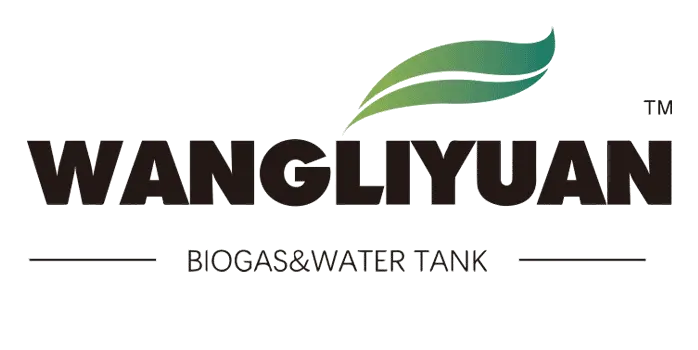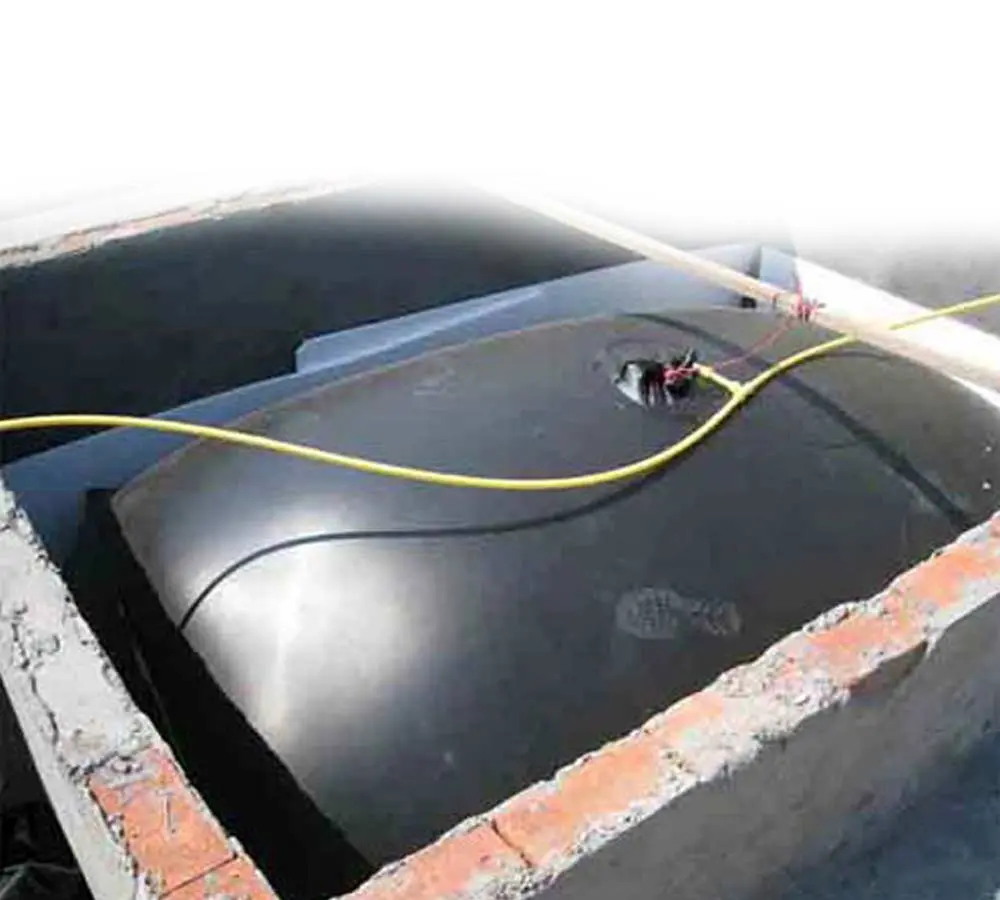
The so-called dry fermentation process usually refers to a fermentation method in which the total solid concentration of the fermentation liquid exceeds 20%. Since the solid concentration is too high, it is difficult to adopt continuous or semi-continuous feeding methods, and most of them adopt batch feeding. The following introduces the dry fermentation method using straw as raw material (which is also suitable for mixed fermentation of manure and straw). The key points are: adding enough high-quality inoculants; chopped straw and pretreated with lime water, and then composting inside and outside the pool; adding an appropriate amount of nitrogen source, and the fermentation concentration is 20%-30%.
1. Ingredients and pretreatment
(1) Straw dosage and pretreatment
Air-dried straw (TS=85%) is cut into small pieces of about 150 mm, wetted with lime water, and then 1/3 of the total amount of inoculants is mixed in, and composting is carried out outside the pool for 2-3 days. The purpose of composting is to initially destroy the fiber-wood structure of the straw and increase the bulk density of the straw to increase the straw processing capacity per unit pool capacity. After composting, add the remaining inoculants and nitrogen fertilizers, and compost for another 24 hours in the pond to increase the starting material temperature.
Usually, about 100 kg of air-dried straw is processed per cubic meter of pond capacity, and adding feces generally does not affect the processing capacity of straw. If the fermentation cycle is 90 days, the average organic loading rate (the average total solids processed per cubic meter of pond capacity per day) is:
100*85%/90=0.94[kg TS (cubic meter·day)]
At this time, the average volumetric gas production rate can exceed 0.2 cubic meters/(cubic meters·day). If manure is added, the average volumetric gas production rate can be increased due to the increase in the average volumetric organic load rate. For example, if pig manure (TS=20%) is added at twice the mass of straw, the average volumetric organic load rate is:
[(100*85%)+(200*20%)]/90=1.4[kg TS (m3·day)]
This ensures that the average volumetric gas production rate exceeds 0.28 m3/(m3·day).
(2) Inoculum
The requirements for inoculum are the same as other fermentation processes. The amount of inoculum should be more than 1.5 times the mass of straw. It is the key to ensure the normal progress of dry fermentation. Use 1/3 of the amount when composting outside the pool, and add the rest when entering the pool.
(3) Add nitrogen source
Due to the batch feeding method adopted, there is no nitrogen-rich manure and urine flowing in at ordinary times, and the straw itself does not contain enough nitrogen, so nitrogen source must be added when entering the pool. However, due to the low moisture content of dry fermentation, too much nitrogen can easily cause fermentation inhibition. Therefore, the amount of ammonium bicarbonate added is 2% of the amount of straw, and the amount of urea added is 1% of the amount of straw.
(4) Pretreatment with lime water
The amount of lime should be 5% of the mass of the straw. The purpose of this measure is to destroy the wood fiber structure of the straw and neutralize the acid produced during the fermentation process to prevent the pH value from decreasing.
2. Concentration control
The concentration of the slurry is controlled by the amount of water added. 5 kg of lime is added to 100 kg of water to make lime water for pretreatment; the inoculum (TS=10%) is diluted with water at a ratio of 1:1; 50 kg of water is added to each kg of nitrogen fertilizer to dissolve it before use. Since water will be lost during the composting process, adding water according to the above ratio can generally control the concentration at 20%-30%.
3. Fermentation cycle
In order to make full use of biogas tanks and accumulate organic fertilizer, the southern region can adopt one fermentation cycle in winter and spring, which is more than 150-200 days; two fermentation cycles can be adopted in summer and autumn (May-October), each cycle is about 90-100 days. All regions should consider the fermentation cycle and agricultural fertilizer closely.
4. Gas storage problem
Dry fermentation must be accompanied by gas storage facilities, such as plastic gas storage bags, separation floats or hydraulic gas storage tanks. However, it is simplest to use one dry fermentation tank and one hydraulic tank for each household.




